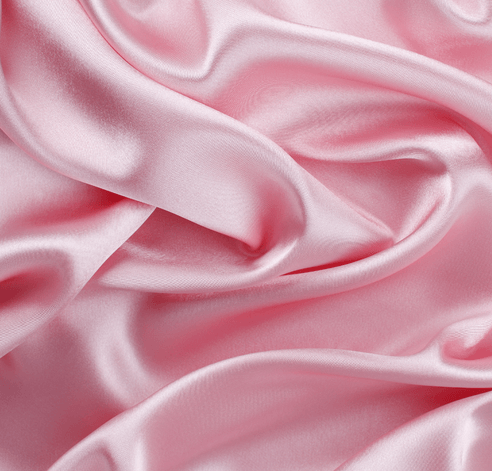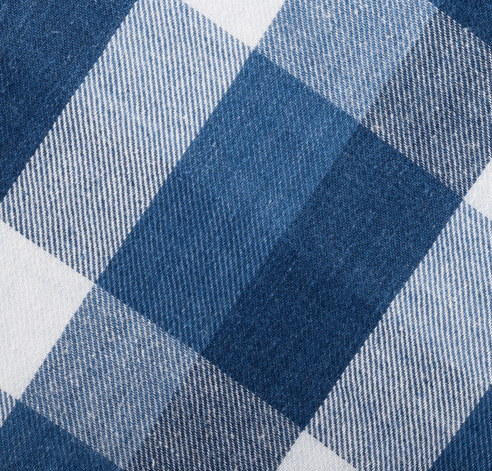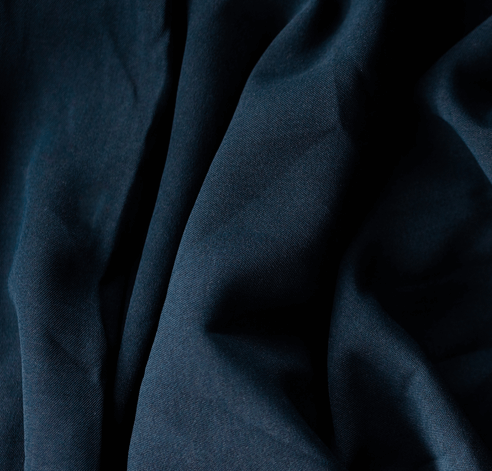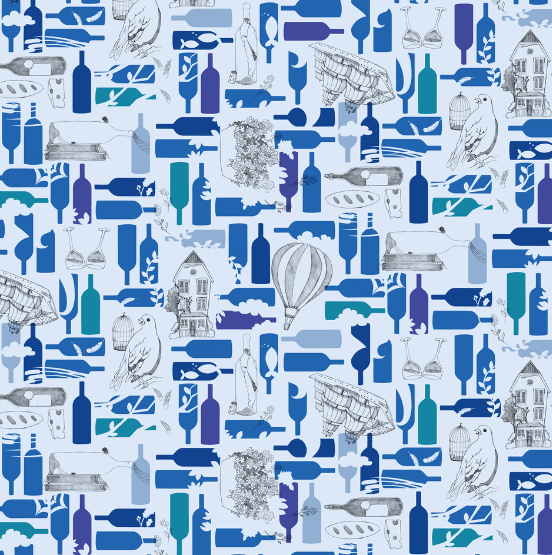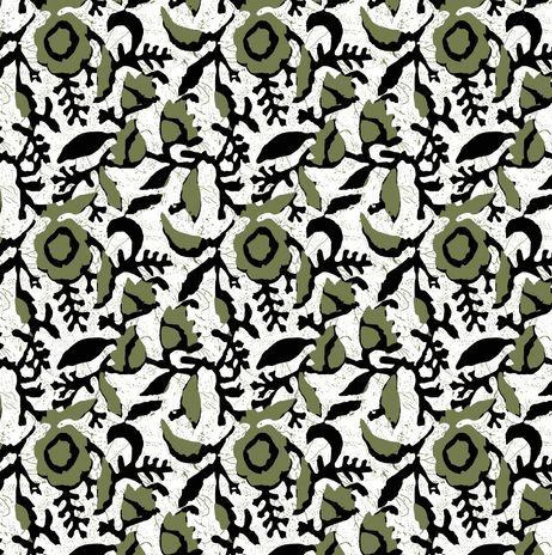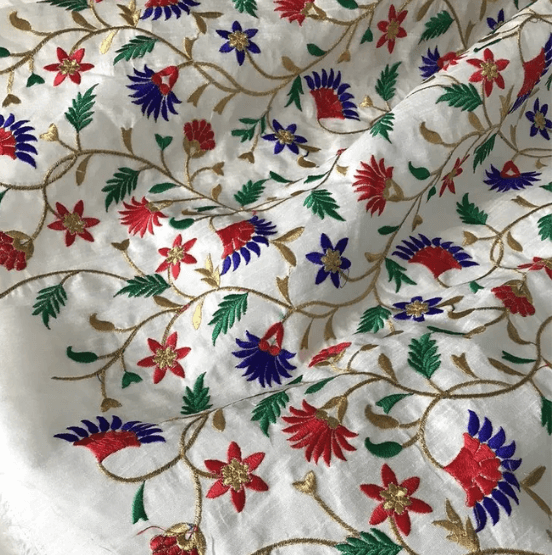1. Dressmaking Origin and History
Dresses have been worn by women since the earliest days of recorded history. While the exact origin of dressmaking is unknown, it is believed that dressmaking originated in the East, perhaps in India or China. The earliest dresses were made from simple materials such as animal skins or cloth made from plant fibers.
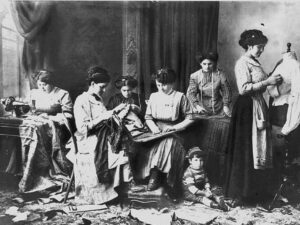
Over time, dressmaking has evolved and changed dramatically. The styles and fabrics used in dresses have varied greatly depending on the culture and era. Dresses have been made from a variety of materials, including silk, cotton, wool, lace, and velvet.
One of the most notable aspects of dressmaking is the changing dress code throughout the years. In different eras, different styles of dress have been considered appropriate for different occasions.
For example, in the 1800s it was considered scandalous for a woman to wear a dress that showed her ankles or arms. Conversely, in the 1920s it was fashionable for women to wear short skirts and tight-fitting clothing.
Throughout history, dressmakers have played an important role in society. Dressmakers are responsible for creating the latest fashion trends and designing dresses for special occasions such as weddings and balls. They are also responsible for outfitting women with attire for more everyday occasions such as work or going out on dates.
The dressmakers’ art has always been highly valued and sought after. Many famous dressmakers have become household names, such as Chanel, Dior, and Valentino.
Today, there are still many talented dressmakers who create beautiful gowns that make women feel special and beautiful.
2. The Evolution of Dresses Through the Centuries
The history of dresses is a long and intricate one, spanning centuries and cultures. While the basic design of dresses has remained largely unchanged, the way they are made and worn has evolved tremendously over time.
Here is a brief overview of the evolution of dresses through the centuries:
| Evolution of Dresses Through the Centuries |
| Ancient Times |
first dresses were probably simple wraps or pieces of cloth worn by early humans; by the time of the Greeks and Romans, dresses became more form-fitting, with waistlines being defined and skirts becoming shorter. |
| Middle Ages |
they began to be fitted at the waist and had defined sleeves and skirts also became much fuller, often reaching the ground |
| The Renaissance |
waistlines became even higher, often reaching the chest. Skirts also became even fuller, often reaching the floor |
| The Modern Era |
all sorts of different styles of dresses available, thanks to advances in technology, they can be made from a wide variety of materials, including everything from cotton and linen to synthetic fibers. |
Ancient Times
The first dresses were probably simple wraps or pieces of cloth worn by early humans. As time went on, these basic garments became more elaborate, with added embellishments and decoration. By the time of the ancient Egyptians, dresses were made from a wide variety of materials, including linen, cotton, and even gold and silver.
The style of dresses also changed over time. In the early days, they were typically loose-fitting and draped over the body. But by the time of the Greeks and Romans, dresses became more form-fitting, with waistlines being defined and skirts becoming shorter.
Middle Ages
During the Middle Ages, dresses underwent a major transformation. For the first time, they began to be fitted at the waist and had defined sleeves. The skirts also became much fuller, often reaching the ground. This was partly because women now had to wear multiple layers of clothing underneath their dresses.
The fabrics used to make dresses also changed during the Middle Ages. While linen and cotton were still popular, new materials such as velvet, silk, and satin began to be used. And for the first time, dresses were often dyed different colors.
The Renaissance
During the Renaissance, dresses underwent yet another transformation. The waistlines became even higher, often reaching the chest. Skirts also became even fuller, often reaching the floor. This style of dress was known as the farthingale and was popular among wealthy women.
The fabrics used to make dresses also changed during the Renaissance. This was due in part to the introduction of new fabrics from the New World, such as velvet and silk.
The Modern Era
Dresses have continued to evolve since the Renaissance. In the early days of the modern era, they became much simpler, with less fabric and fewer embellishments. But as time went on, they began to become more elaborate again.
Today, there are all sorts of different styles of dresses available. And thanks to advances in technology, they can be made from a wide variety of materials, including everything from cotton and linen to synthetic fibers.
Dress trends come and go, but one thing is for sure – the history of dresses is a long and fascinating one.
3. Different Types of Dress Codes
Dress codes are a set of rules that dictate the type of clothing that is appropriate for a particular occasion. There are all sorts of different readymade dress codes, each with its own set of guidelines.
Here are some of the most common types of dress codes:
Black-tie
A black-tie dress code is the most formal type of one piece dress code. It typically applies to events such as weddings and galas and dictates that men should wear tuxedos while women should wear gowns or dresses.

Semi-formal
A semi-formal dress code is less formal than a black tie but more formal than casual. It typically applies to events such as dinner parties or business functions and dictates that men should wear suits while women should wear dresses or skirts and blouses.
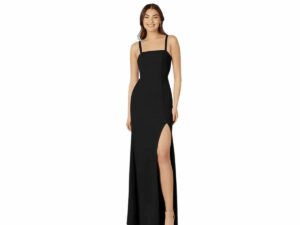
Casual
Casual dress codes are the most relaxed type of dress code. They typically apply to events such as barbecues or informal gatherings and dictate that men can wear slacks and a collared shirt while women can wear skirts, jeans, or shorts.

Cocktail
A cocktail dress code is somewhere between semi-formal and casual. It typically applies to events such as cocktail parties or after-work gatherings and dictates that men should wear a suit or slacks and a collared shirt while women should wear a dress or skirt.
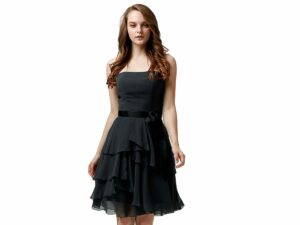
These are just a few of the most common types of dress codes. Knowing the dress codes for starting a clothing line is important so that you can design appropriate clothing for each type of event.
4. Dress Fabrics Options and Their Properties
There are all sorts of different fabrics that can be used to make dresses. Here are some of the most popular options:
Cotton
Cotton is a natural fiber that is soft, durable, and breathable. It is often used to make dresses because it is comfortable and affordable.
Linen
Linen is a natural fiber that is strong and absorbent. It is often used to make dresses because it is lightweight and cool to wear in warm weather.
Silk
Silk is a natural fiber that is soft and smooth. It is often used to make dresses because it drapes well and feels luxurious against the skin.
Satin
Satin is a synthetic fabric that is shiny and smooth. It is often used to make dresses because it creates a sleek and elegant look.
Tulle
Tulle is a light and airy fabric that is often used to make dresses because it can create a romantic look.
These are just a few of the most popular fabrics that are used to make dresses. When choosing a fabric for your dress business, it is important to consider the properties of each fabric to find one that is best suited for your needs.
5. What to Consider When Designing a Dress
When designing a dress, there are a few things you need to keep in mind:
Style
The style of the dress is the most important consideration when designing it. You need to decide what type of dress you want to make and then design it accordingly. Some examples of dress styles are summer dress, bodycon dress, maxi dress, sweater dress, hoodie dress, etc.
Fabric
The fabric of the western dress is also important to consider. You need to choose a fabric that is appropriate for the style of the dress and that will be comfortable to wear.
Size and Fit
The size and fit of the dress are also important considerations. You need to make sure that the dress fits well and is not too tight or too loose.
Occasion
The occasion for which the dress will be worn is another important consideration. You need to design a dress that is appropriate for the event and that will make the wearer look their best.
Budget
The budget for the dress is also an important consideration. You need to make sure that you do not overspend on the dress and that you stay within your budget.
When designing a dress, it is important to keep all of these considerations in mind in order to create a dress that is perfect for the occasion and the wearer.
6. 7 Steps to Start Your Own Dress Clothing Label From Scratch
When starting your own dress clothing label, there are a few steps you need to do in order to get started:
Step #1 Choose a Niche
The first thing you need to do when starting your own dress clothing label is to choose a niche. You need to decide what type of dresses you want to design and what type of woman you want to dress.
Step #2 Find a Manufacturer
The next step is to find a wholesale dress manufacturer with a dress making factory. You need to find a company that can produce the dresses you want to design for your dress manufacturing.
Step #3 Design Your Dresses
Once you have found a custom dress manufacturer, you need to design your dresses. You need to create designs that are stylish and that will appeal to your target market.
Step #4 Create A Brand Name And Logo
The next step is to create a brand name and logo for your dress company. This will help you to promote and market your dresses.
Step #5 Develop A Business Plan
The next step is to develop a business plan. This will help you to determine how much money you need to start your dress clothing label and how you will market your dresses.
Step #6 Promote Your Dresses
The next step is to promote your dresses. You need to market your dress company in order to attract customers.
Step #7 Start Selling Your Dresses
The final step is to start selling your dresses. You can sell your dresses online or in brick-and-mortar stores.
Starting your own dress clothing label can be a great way to get into the fashion industry. However, it is important to do your research and to plan everything out before you get started. These 7 steps will help you to get started on the right foot.
7. How to Work With Dress Manufacturers
When working with dress manufacturers, there are a few things you need to keep in mind:
Choosing a Manufacturer
When choosing wholesale dress suppliers, you need to make sure that you find one that is reputable and that can produce the dresses you want to design.
Creating a Design Brief
Before starting to design dresses, you need to create a design brief. This will outline the style of dress, the fabric, the size and fit, and the occasion for which the dress will be worn. This will help the manufacturer to understand your needs and to produce a dress that is perfect for you.
Signing a Contract
Before starting production, you need to sign a contract with the private label dress manufacturer. This will outline the terms and conditions of the manufacturing process.
Quality Assurance
It is important to ensure that the quality of the dresses is up to par during dress manufacturing process. You need to make sure that the dress manufacturing company follows your specific quality assurance requirements.
Shipping and Delivery
You also need to specify how the dresses will be shipped and delivered. You need to find a fashion dress manufacturer that can ship dresses efficiently and that can meet your delivery deadlines.
When working with cotton dress manufacturers or wholesale skirts suppliers, it is important to make sure that you are clear on what you want and that you have a solid contract in place. These tips will help you to get started. Or, you can contact us at Hongyu Apparel, we offer a wide variety of high quality clothing such as t-shirt, swimwear, streetwear, sleepwear and many more at competitive prices.. We can help you with everything about dress manufacturing.
8. 4 Things to Consider When Choosing a Dress Manufacturer
Now that you know how to work with dress manufacturers, it’s time to choose one! Here are 4 things to consider when choosing a private label manufacturer:
#1 Reputation
When choosing an OEM dress manufacturer, you need to make sure that you choose one that is reputable. You can check online reviews or ask other designers for recommendations.
#2 Experience
You also need to make sure that the dress manufacturer you choose has experience. You want to choose a company that has been in business for a while and that has a good track record.
#3 Capabilities
You need to make sure that the dress manufacturer you choose has the capabilities to produce the dresses you want. Make sure to ask about their production process and whether or not they have the right machines and equipment.
#4 Price
Of course, you also need to consider price when choosing a dress manufacturer. You want to find a company that offers competitive prices.
These are just a few things to consider when choosing a dress manufacturer. Make sure to do your research and ask around before making your final decision.
9. Dress Clothing Line: How to Price Your Products
Pricing your dress products can be a daunting task, but it’s important to get right. Here are a few things to keep in mind when setting your prices:
Research the Market
Before setting any prices, you need to research the market and see what other designers are charging for similar products. This will give you a good idea of what is fair market value.
Consider Production Costs
You also need to take into account the production costs of each dress. This will include the cost of materials, labor, and shipping.
Consider Marketing Costs
Another factor to consider is marketing costs. You need to make sure that you are charging enough to cover the cost of marketing and advertising your dress line.
Set a Profit Margin
Finally, you need to set a profit margin. This will ensure that you are making a profit on each dress sold.
When pricing your dress products, it’s important to keep all of these factors in mind. By doing so, you can ensure that you are setting fair and reasonable prices.
10. 4 Traps to Avoid When Starting Your Own Dress Clothing Line
Starting your own dress clothing line is a huge undertaking. It’s not just about having a great idea, but also about making that idea into a reality. However, before you can even get started, there are a few traps that you need to avoid.
#1 Don’t Try To Do Everything Yourself
When you are starting a business, it is important to do everything yourself. You think that you need to control the design, manufacturing, marketing, and sales. This is not true. Trying to do everything by yourself will lead to burnout and it is not efficient. You need to delegate tasks and build a team that you can trust.
#2 Don’t Cut Corners On Quality
When you are starting a dress clothing line, it is important to use high-quality fabrics and materials. Do not cut corners on quality just to save money. This will only lead to dress clothes that fall apart after a few wears.
#3 Don’t Underestimate The Importance Of Marketing
Many new dress designers make the mistake of thinking that their dress clothes will sell themselves. This is not the case. You need to invest time and money into marketing your dress clothing line. Create a strong branding strategy and make sure that you are promoting your dress clothes to the right audience.
#4 Don’t Forget About The Details
When you are creating dress clothes, it is important to pay attention to the details. Do not forget about things like buttons, zippers, and lining. These details can make or break a dress garment.
By knowing and avoiding these traps beforehand, you will be on your way to starting a successful dress clothing line.
Dive Deeper Into Our Resources
For some insightful reads, we’ve curated a list of recommended articles just for you:
Still haven’t found what you’re looking for? Don’t hesitate to contact us. We’re available around the clock to assist you.
Conclusion
Starting a dress clothing line takes a lot of hard work and dedication. However, if you follow all the important guidelines in this article, you will be on your way to success. Just remember to do your research, build a strong team, focus on quality, and find a reputable dress manufacturer. With these things in mind, you will surely be able to build a successful dress clothing line.
If you have any questions or are still not sure about something, contact us at Hongyu Apparel so that we can help you get started and answer any questions you may have.



